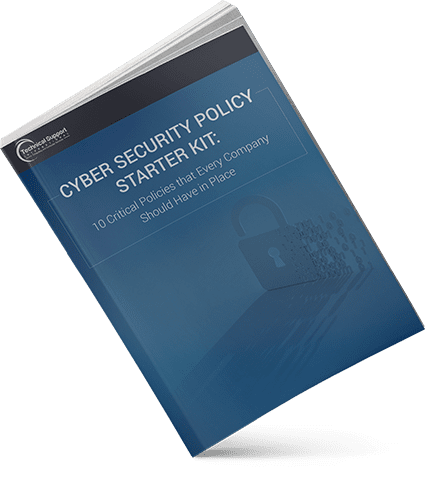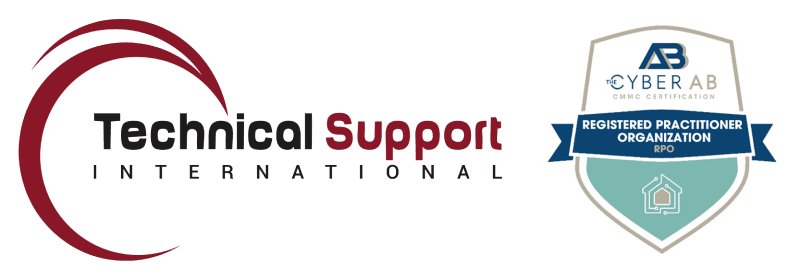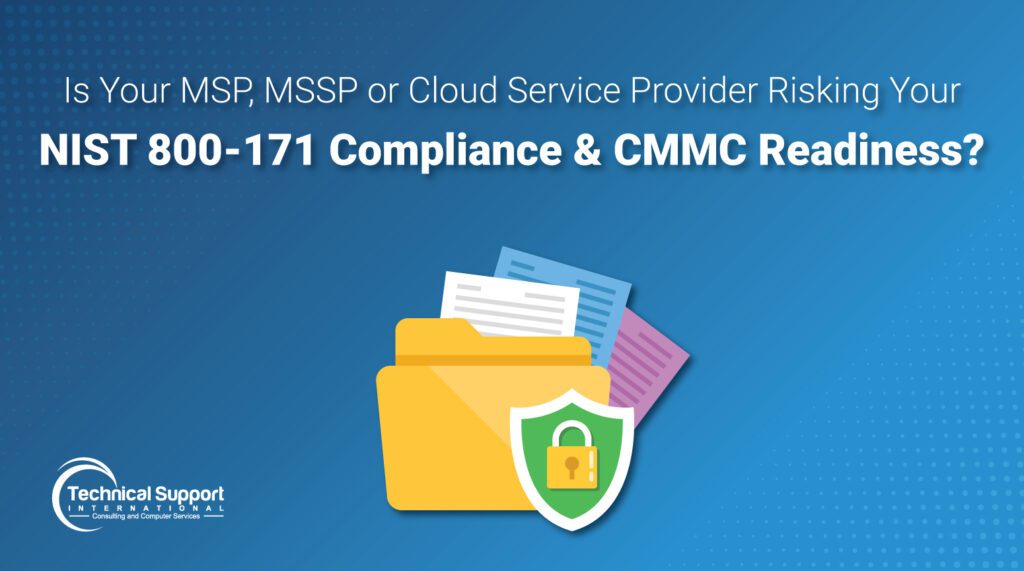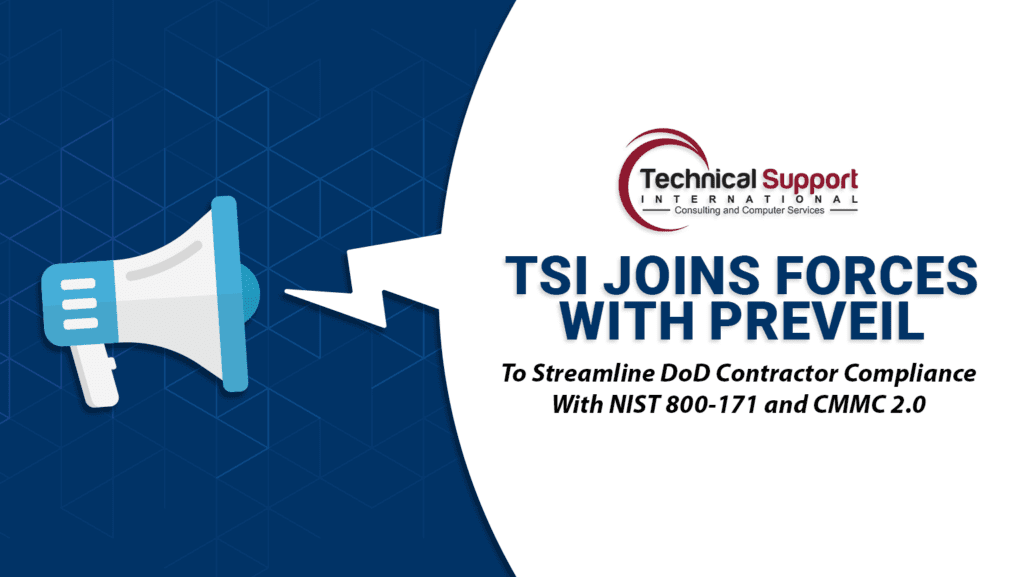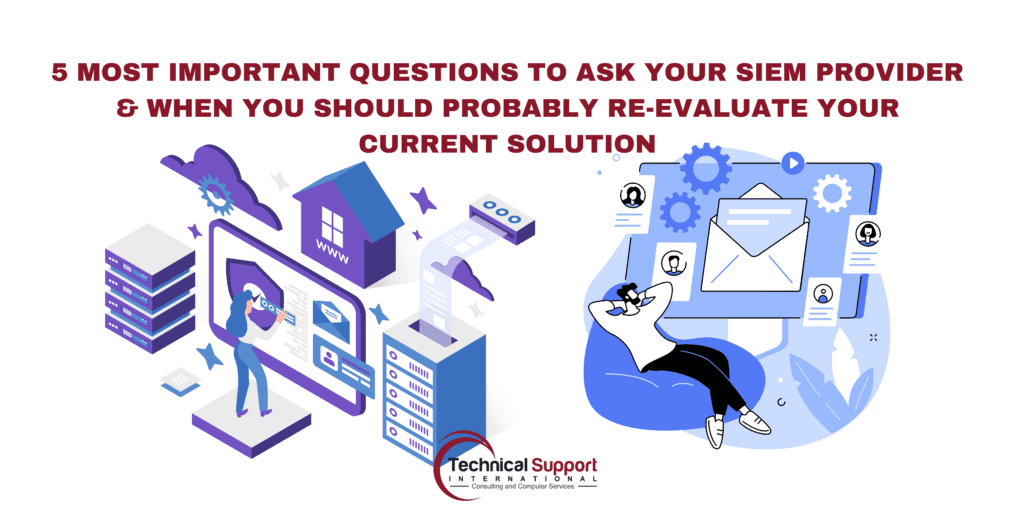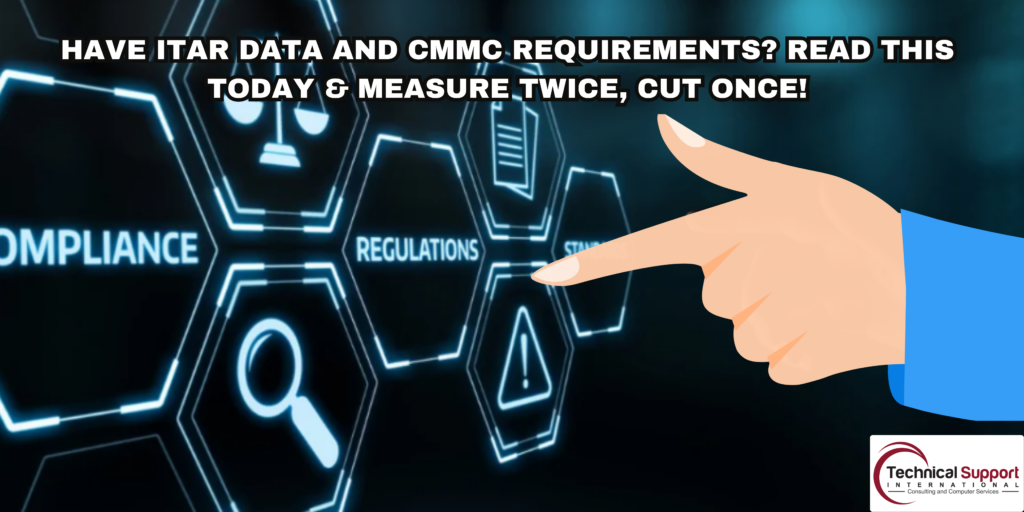NIST 800-171 & CMMC 2.0
6 Months Until CMMC In Contracts: Fail to Prepare, Prepare to Fail!
Chris Riani | CISSP | CASP The proposed 32 CFR and 48 CFR CMMC rules have been submitted to the Office of Information and Regulatory Affairs (OIRA) with the expectation that they will be published between the end of 2024 and the first half of 2025, and will mandate specific CMMC levels (1, 2, or 3) in defense contracts. The publication of the upcoming 32 CFR and 48 CFR final…
ContinuedIs Your MSP, MSSP or Cloud Service Provider Risking Your NIST 800-171 Compliance & CMMC Readiness?
Are you a Defense Industrial Base (DIB) contractor that uses an External Service Provider (ESP) like AWS, GCC or an ERP that contains Controlled Unclassified Information (CUI)? Then you should consider that as of today, ESPs will be included in scope for assessments which require them to follow specific rules outlined in NIST 800-171 and the Cybersecurity Maturity Model Certification (CMMC ). In addition to this and although not a…
ContinuedTSI Joins Forces with PreVeil to Streamline DoD Contractor Compliance with NIST 800-171 and CMMC 2.0
Chris Souza | CEO FOXBORO MA – January 2, 2024 Technical Support International (TSI), a leading provider of IT Managed Services (MSP) and Managed Security Solutions (MSSP), is pleased to announce its strategic partnership with PreVeil, the leading email + file sharing solution for NIST and CMMC compliance. This collaboration is aimed at supporting Department of Defense (DoD) contractors in successfully navigating and fulfilling their cybersecurity compliance requirements under the…
ContinuedThe 5 Most Important Questions to Ask your SIEM Provider & When You Should Probably Re-Evaluate Your Current Solution
First Things First: What is a SIEM? A SIEM (Security Information and Event Management) is a software solution that collects and analyzes security data from multiple sources in real-time to detect and respond to security threats. It aggregates and correlates logs and alerts generated from different sources, such as network devices, servers, and applications, and uses machine learning algorithms to identify patterns of suspicious behavior or anomalies. SIEMs also provide…
ContinuedHAVE ITAR DATA AND CMMC REQUIREMENTS? READ THIS TODAY: MEASURE TWICE, CUT ONCE!
In the world of defense industry regulations, ITAR and CMMC are two important sets of regulatory requirements that many within the defense industrial base need to adhere to. Although both regulations are distinct and tailored to their respective purposes, many companies dealing with ITAR-controlled items or information will need to comply with CMMC requirements to do business with the DoD, which adds an additional layer of complexity- and potential costs-…
ContinuedStop Relying on NIST 800-171 Self-Assessments: 5 Reasons They’re (Probably) Wasting Your Time
As a CMMC Registered Practitioner Organization (RPO) with decades of cybersecurity experience, we have conducted countless assessments for organizations to help them address their compliance obligations and consistently notice that the vast majority of the organizations that have conducted self-assessments are strikingly off mark, leading to frustration, considerable time loss, and the unnecessary expenditure of valuable resources. While self-assessments may seem like a cost-effective way to evaluate compliance with the…
ContinuedCategories
- Backup & Disaster Recovery
- Business Operations
- Case Studies
- Cloud Services
- Cyber Security
- Employee Spotlight
- Finance & Budgeting
- Glossary Term
- Governance & IT Compliance
- Managed Services
- Mobile Device Management
- Network Infrastructure
- NIST 800-171 & CMMC 2.0
- PCI
- Podcast
- Project Management
- TSI
- Uncategorized
- vCIO
Cyber Security Policy Starter Kit:
10 Critical Policies That Every Company Should Have in Place
